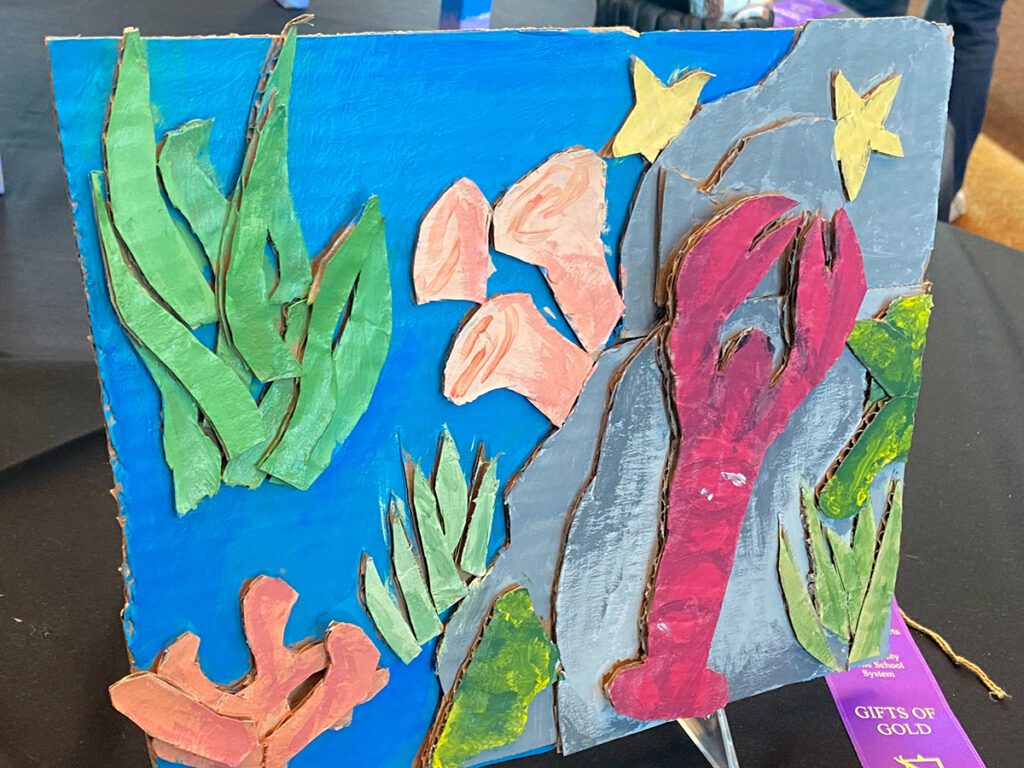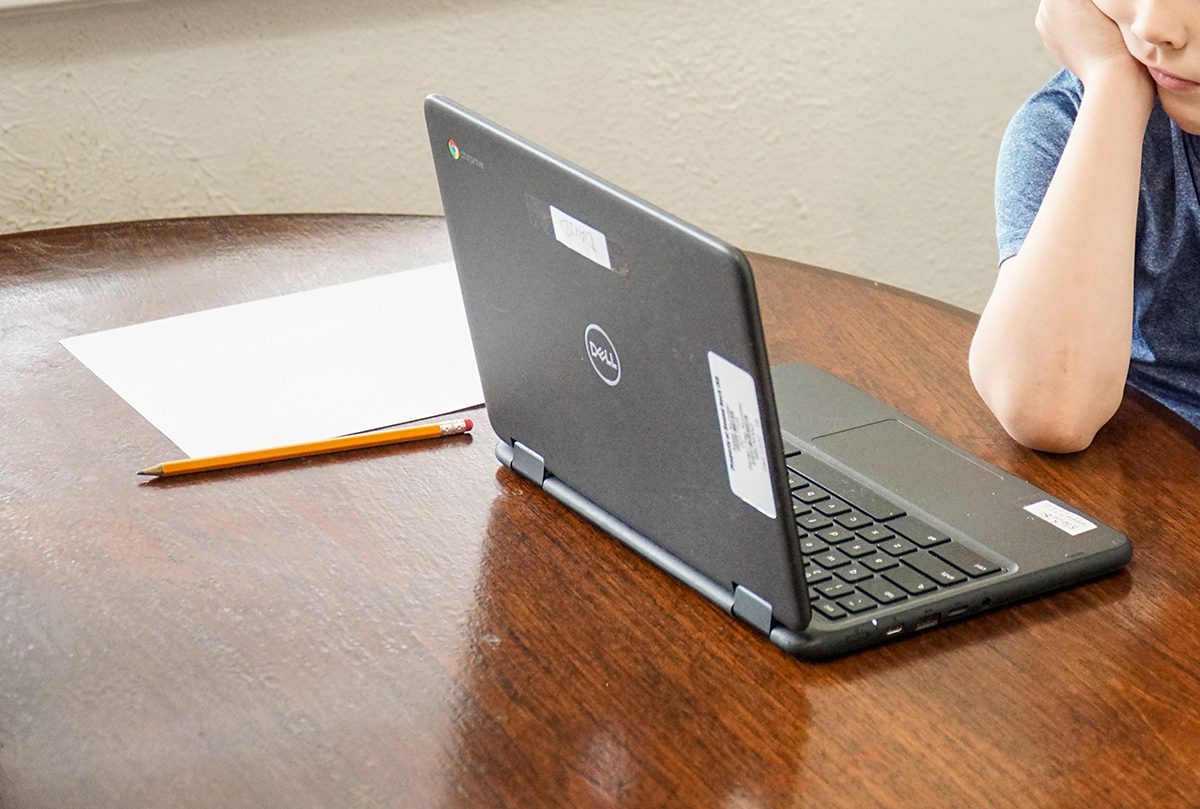In today’s fast-paced world, it seems like students have mastered the art of keeping busy at all costs. Maybe you’ve heard the statistic: the average attention span is a whopping eight seconds. With a multitude of distractions vying for focus, it’s no wonder students reach for their devices whenever boredom threatens to creep in.
As an educator, you’re no stranger to the dreaded phrase, “I’m bored!” You’ve got your arsenal of worksheets, activity centers, and other tools to combat boredom. But what if we told you that boredom could be the secret key to unlocking creative potential? It may sound counterintuitive, but boredom is a vital ingredient for artists seeking to push the boundaries of their craft.
Let’s explore the origin of boredom and how to harness it as a tool for growth and transformation. We’ll examine practical strategies for cultivating an environment that embraces boredom. Get ready to let go of constant stimulation and dive into the power of boredom.

Unveil the Truth: Debunk Misconceptions of Boredom in the Art Room
No matter how engaging an art teacher you are, we all have students who look bored at some point. For younger students, this may look like fidgeting and difficulty focusing. For older students, it may look like apathy, complaining, or reaching for screens. But did you consider that these behaviors may stem from cognitive difficulties, feeling lost, or not being challenged enough? Take the time to investigate where these symptoms are stemming from to provide helpful and appropriate strategies. However, if we know there is boredom present in our room, there is good news!
Let’s take a look at three benefits of boredom:
1. Boredom stimulates creativity and problem-solving.
Boredom sparks creativity by stimulating divergent thinking and making unique connections. It enhances problem-solving skills and encourages innovative approaches. Research demonstrates that those who experience boredom perform better in creative activities. These individuals generated more original ideas and persisted longer in challenging tasks. When faced with boredom, our brains actively seek stimulation, which can prompt us to find new solutions to challenges.
2. Boredom boosts productivity and focus.
Paradoxically, allowing ourselves to experience boredom enhances productivity and focus in the long run. By giving our minds a chance to rest, we replenish our mental energy and improve our ability to concentrate on tasks.
3. Boredom supports mental well-being.
Boredom fosters personal growth and a deeper understanding of oneself. It promotes relaxation and mindfulness and can alleviate stress and anxiety. Studies revealed that the brain’s “Default Mode Network” becomes active during boredom. Brain imaging shows the network activates when the brain is at rest. This network associates with creativity and self-reflection while also restoring brain function.
To help you determine if your students are truly bored or not, let’s take a look at where boredom came from. Do our current troubles of student apathy have a history that reaches further back than the iPhone?

Unravel the Mystery: Explore the Origins of Boredom
“Boredom” originated in 1852 in a Charles Dickens’ book, but the feeling has been around for much longer. Ancient philosophers like Seneca and historians like Plutarch mentioned boredom in their writings. It was compared to nausea by Seneca and associated with retirement by Plutarch. Christian tradition referred to chronic boredom as “acedia,” similar to sloth. In Ancient Greece, it was described as a sense of listlessness. Over time, it transformed into melancholia and later became known as “ennui” in French.
The transformation brought by industrialization in the 19th and 20th centuries not only revolutionized work, but also influenced mindsets and attitudes. With the advent of more efficient work processes and reduced manual labor, people gained more time and energy for leisure and entertainment. Similarly, we are witnessing a similar shift with our students today. The emergence of new technologies is reshaping their approach to learning and schoolwork, as they increasingly seek mental stimulation and entertainment.
Creating an art room culture that embraces boredom requires a deliberate shift in mindset. Teachers play a crucial role in balancing the nurture of boredom and engagement. In doing so, there can be remarkable outcomes! Allowing students the space to experience boredom enables them to generate more original ideas, cultivate resilience, and so much more. By recognizing and harnessing the power of boredom, we can unlock their full creative potential and foster their growth.
Here are eight captivating techniques and strategies to cultivate boredom in the art room.

1. Nurture boredom and your role as the teacher.
Encourage students to embrace moments of boredom as opportunities for exploration and imagination. Provide a supportive environment and times where they can express frustrations and experiment freely without it affecting their grades.
Here are some practical ways to do this:
- Provide short “Brain Breaks” for students’ minds to wander or rest.
- Utilize mindfulness activities.
- Give a tactile activity such as play dough, sand, or water beads.
- Create a visual sensory activity like a glitter bottle, eye spy books, or discovery bottles.
2. Model what to do when you’re bored.
To build rapport with your students and model the artmaking process, join them in creating art. As you chat with them, verbalize your actions and thoughts, including moments of being stuck or “bored.” This demonstrates the value of exploring different ideas and helps students learn how to approach similar situations.
3. Scaffold the brainstorming process.
Encourage students to take their time and think deeply before settling on ideas. Remind them true brainstorming involves exploring many possibilities. Students tend to rush through the process; they declare they are finished or turn to Google for immediate answers. However, we can provide guidance and emphasize the value of thoughtful brainstorming. This encourages them to delve deeper, explore multiple perspectives, and yields more insightful and original ideas.
Some practical ways to break down the brainstorming process are with:
- Guiding prompts to stimulate idea generation.
- Collaborative discussions to gain new perspectives.
- Techniques and tools to expand thinking like mind-mapping, brain dumps, and journaling.

4. Balance structure with choice.
To create an engaging and productive learning environment, it’s crucial to find a balance among boredom and structure and choice. While students love freedom, research shows that they also benefit from having structure in their assignments. Providing parameters forces students to solve a problem with a starting point. By offering a mix of structured tasks and open-ended projects, students can discover the depths of their creativity. They gain problem-solving abilities and get to pursue personal interests. Challenge students to create with a limited set of materials or a restricted palette to push them out of their comfort zone.
5. Incorporate the Quiet 5.
Dedicate a portion of each class period to quiet reflection. This practice not only fosters introspection and mindfulness but also replenishes mental energy, improving productivity and focus.
Students can engage in silent, self-directed activities such as:
6. Use collaborative projects.
Assign projects that require students to work collaboratively and engage in dialogue with their peers. This can encourage them to slow down and listen to others. It can also make students think more deeply about creative choices as they verbally justify their decisions. Furthermore, it cultivates creativity, critical thinking, and communication skills.
Here are three examples of collaborative projects:
- Found Object Sculpture
Students work in teams to create a three-dimensional sculpture using various found materials such as cardboard, recycled items, or nature. A great set of lessons to try is the Mixed-Media Sculpture Collection in FLEX Curriculum. - Collaborative Collage
Divide students into groups and assign them a theme or concept. Each member contributes individual pieces of artwork that align with the theme. Then, the group works together to assemble them into a larger collage. Try the Meaningful Collage Collection in FLEX Curriculum. - Storytelling Project
Pairs or small groups create a story or comic strip together. Use the Literacy through Storytelling Collection in FLEX Curriculum to get started.

7. Revisit old projects.
Encourage students to approach past projects in new ways. This emphasizes the value of reflection and the potential for new discoveries. It can help them see the value in taking time to reflect even when it feels repetitive or unproductive.
8. Make boredom bins.
Provide containers filled with everyday objects, found materials, and art supplies to inspire creativity and engagement during moments of downtime. These activities are a great alternative to screens and prompt students to use their imagination and be present with their thoughts.
Include the following in your bins:
- Everyday objects such as rubber bands, paper clips, or kitchen utensils.
- Obsolete items such as cassette tapes, CDs, or film canisters.
- Found materials such as rocks, leaves, or twigs.
- Art supplies such as leftover materials, colored paper scraps, or pipe cleaners.

In a world of vibrant colors and boundless creativity, boredom may seem like an unwelcome visitor. But we know it can be the secret ingredient for artistic growth. By debunking misconceptions and seeing boredom in a new light, we unlock a world of possibilities. Let’s shake things up and shift the art room culture! From quiet reflection to collaborative projects and boredom bins filled with quirky objects, we can create an environment where boredom becomes a catalyst for innovation. Grab your brushes, embrace the stillness, and let your creativity soar to new heights!
How will you embrace boredom in your classroom culture this year?
Boredom can feel uncomfortable! What steps will you take to support students who are hesitant?
Magazine articles and podcasts are opinions of professional education contributors and do not necessarily represent the position of the Art of Education University (AOEU) or its academic offerings. Contributors use terms in the way they are most often talked about in the scope of their educational experiences.





